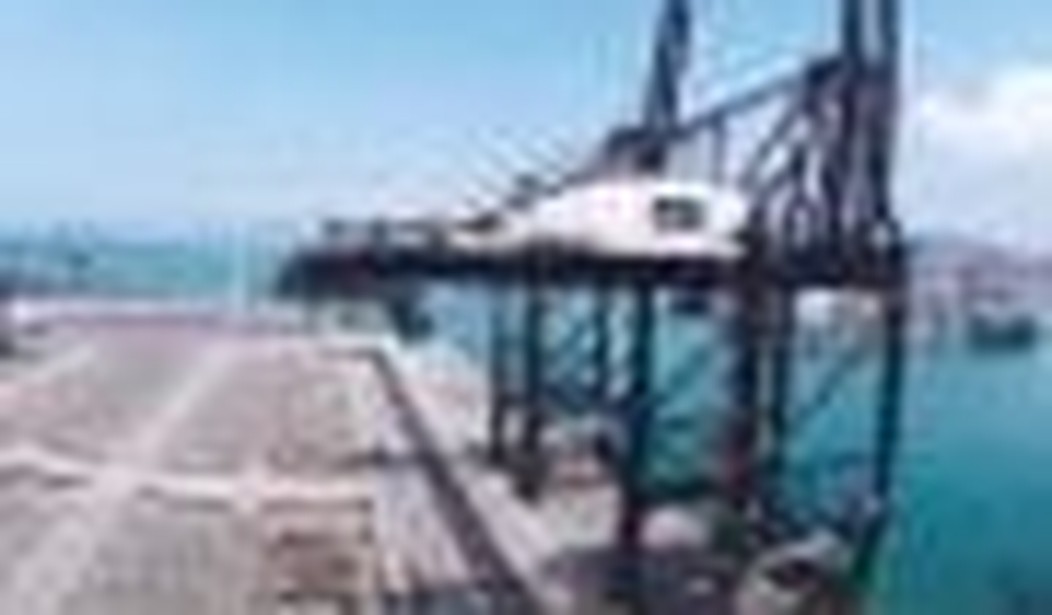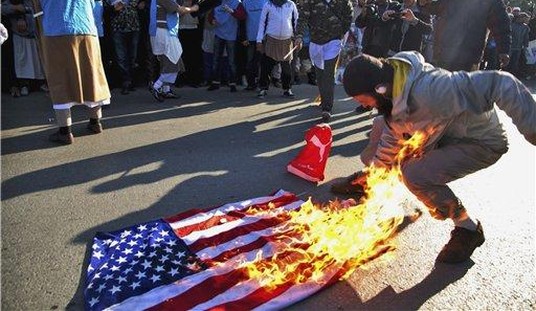With the Department of Homeland Security recently announcing 100 percent of passengers on U.S. flights are undergoing checks against government watch lists, along with new invasive security checks, there have been a series of swift changes under the Transportation Security Administration that affect millions of U.S. travelers.
Maritime security has also undergone changes following the attacks on September 11, 2001, but critics remain concerned much is being overlooked for our nation’s port security.
In recent years politicians have attempted to pass legislation mandating that more containers in U.S. ports undergo inspection. Due to high costs and difficulties in examining all containers, such measures have not been passed.
“Obviously there is a concern of what is coming into the United States and how it’s being examined,” said Bob Hamer, a retired FBI agent.
Hamer’s last assignment was Operation Smoking Dragon, lasting from 2002 to 2005. Through sales of counterfeit Marlboro cigarettes and tax stamps, the FBI learned about many of the funding sources helping to finance terrorism through the transport of items via Southern California ports.
“A lot of the profits from these counterfeit cigarettes were, particularly, going to support Hezbollah and Hamas,” said Hamer. “The whole thing began with counterfeit cigarettes. It eventually evolved into something much greater than that.”
Operation Smoking Dragon also unveiled North Korea’s production of “supernotes” — counterfeit 100-dollar bills that were central to the plot of a Hollywood film, Rush Hour 2, but a serious real-life concern.
The University of Southern California’s National Center for Risk and Economic Analysis of Terrorism Events (CREATE) assesses and makes recommendations regarding security risks in Southern California, which is home to two of the largest ports in the world.
“What we advise the port to do is how to manage the resources that are available locally to minimize the threat of an attack,” said Dr. Isaac Maya, director of research at the center.
Maya argues that placing mandates to search all containers going through ports is impractical, as that would ultimately overwhelm the local ports of Long Beach and Los Angeles. Instead, CREATE aids the Department of Homeland Security by pointing out where risks are highest and makes recommendations on the best uses for resources on counter-terror measures.
“We have a very exciting project to calculate the risks for the ports of Los Angeles and Long Beach,” explained Maya. “We use classical risk analysis tools and some modern risk analysis tools to model everything that is going on in the ports. We then couple that with economic analysis to indicate the economic consequences of various events.”
CREATE examines how the use of various resources, such as patrol cars, cameras, and check points, reduces the likelihood of criminal activity or attacks on the ports.
Maya manages a portfolio of nearly 30 projects that collaborate with researchers from around the world, including Israel, Australia, and the United Kingdom. The research focuses on identifying risks so governments can best allocate resources for counter-terror measures.
Flight security is one area consuming much media and public attention. Nevertheless, maritime security is no less of a source of concern, perhaps even more so when one considers the history of maritime crime and conflicts. As Operation Smoking Dragon and its sister, Operation Royal Charm, indicate, crime is no stranger to the ports.









Join the conversation as a VIP Member